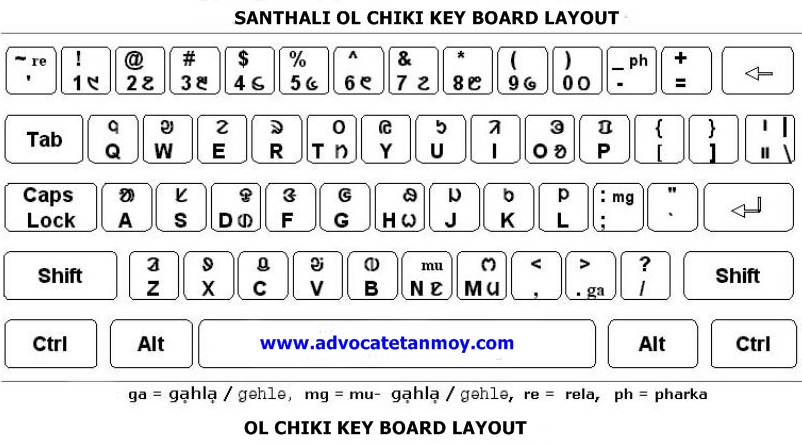Santal [ संताली-Kherwar] are mostly available in West Bengal and their numbers are around 16,66,610 as per the 1981 census. Santhals are divided in 12 following clans:
- KISKU
- HASDA
- MURMU
- MANDI
- HEMBROM
- SOREN
- BASKE
- BESRA
- CHONRE
- PAURIA
- TUDU
- BEDIA
The above clans are again subdivided into ‘khunt’. Each clan has its own totem or spirit, such as Hasda has a Duck Spirit and Besrahas a hawk spirit[Bunga]. Chando Bonga or Marang Buru is the Supreme GodGod People in most cultures believe in the existence of supernatural beings and other supernatural concepts. God is attributed to both anthropomorphic properties (“listens to prayers”) and non-anthropomorphic properties (“knows everything”). Conceptualizing God is associated with willingness to get the COVID-19 vaccine or Vaccine hesitancy. Pope requested people not to practice “Jesus is my vaccine”. For the Jewish, family (Avestan universal) god became national God: I am the God of Abraham, and the God of Isaac, and the God of Jacob,”(ex 3:15). See Ishwar. and Deity of the Santhals.
Before introduction of the ol-chiki by Pandit Raghunath Murmu and recognition by the Government, Santhals used Bangala, Oriya and Hindi Devanagari Script for writings.


Santhalivocabulary pattern[Words for ‘Relationship’]
Aunt-kaki
Brother-boyha
Daughter-biti
Father in law-honjhar baba
Father-baba
Friend- gaate
Grand Father-godom hadam
Grand Mother- odom budhi
Guest-peda
Husband-jaway gomke
Love-dulad
Maternal Aunt- mami
Maternal Grandfather-godom hadam
Maternal Grandmother -godom budhi
Maternal Sister – hili
Maternal Uncle -mama
Mother in law-honjhar ayo
Mother-ayo
Mother’s sister- kaka
Own-nijor
Preceptor-guru
Pupil-auchet
Relative -nijor peda
Sister in law-iril kudi (dewrani)
Sister in law-iril kudi (nonod)
Sister in law – iril kudi (sali)
Sister – bokoing kudi
Son in law – jaway gomke
Son – beta
Step Brother – chutki bokoenj
Step Daughter – chutki bokoenj era
Step Father – kat baba
Step Mother – chutki ayo
Step Sister – chutki bokoenj kudi
Step Son – chutki hopon
Teacher – mauchet
Uncle – kaka
The pattern of Santhali language
- Oh hello, Welcome – ओह हजुक्मे-हजुक्मे
- Thank you very much-आ़डी-आ़डी सारहाव
- No- No-बाङ-बाङ
- How are you-चित्लिका मिनामा
- I am fine-इञ ठीक गी मिनाञा
- Yes, ofcourse-जरूर, जरूर
- Do you need anything-जाहांनाक् जरूड़ामा आम?
- No thanks-चित् हों बाङ
- Please take-नोओ़य हातावमे
Santali syllabus for UGC Net Examination[Hindi]
Literary facts:
Santhali Literature: Hor kahniko, Bentha katha and Sereng.
Santhali drama was introduced in Santhali literature by Pandit Raghunath Murmu’s Bidu Chandan and Kherwal Bir in 1942/1946.
Names of some Santhali writers: Badal Hembram, Kherwal Soren, Jamadar Kisku, Nirmala Putul, Sowendra Sekhar Hansda, Regina Marandi, Ajun Chandra Hembrom, Gangadhar Hansda.
References :
- Adibasi Sahitya Abong Sanskriti – Dr. Ramdyal Munda
- Darege Dhon – Pndt.Raghunath Murmu
- Hor Hopon – Badha Beshra
- Hor Ror R Sawhed reyak nagam – S. Hansda
- Kudum – Dherendranath Baskey
- Men Katha Ar Bhenta Katha – Siron Murmu
- Men Khata Ar Bhenta Katha – Dherendranath Baskey
- Ranor – Pandt. Raghunath Murmu
- Santal Gana Sangramer Itihas – Dherendranath Baskey
- Santali Bhasa O Sahityer Itihas – Dherendranath Baskey
- Santali Sahitya reyag nagam – Laxman Chandra Murmu
- Santali Sahityer Itihas – Parimal Hembram
- Santali Sawhed reyag nagam – Dr. D. Besra
- Santali Sawhed reyag nagam – Dr. D. Besra
- Santali Sawhed reyak Omonom R Hara – Dr. K.C. Tudu

More Stories
U/S 272 of CrPC, State Govt can determine what shall be language of Court within a particular State other than High Court (SC-25/08/2023)
पाइअ लच्छी नाम माला-महाकवि धनपाल – प्राकृत शब्दकोश Paia Lacchi Nammala – Prakrit Dictionary by Dhanapala – 993 CE
Cambridge English Scale for Nationals and Foreigners